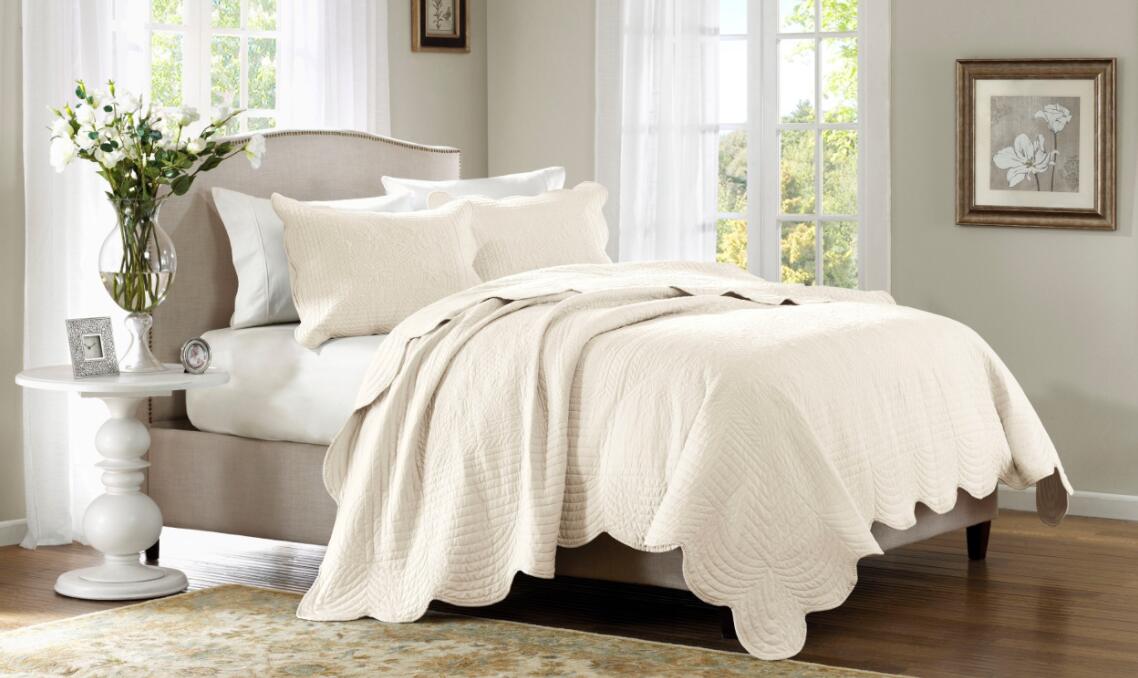Bedding attracts certain allergens like dust mites, dander, mold, and dust. Battling these allergies is tough, but hypoallergenic bedding can help. Hypoallergenic bedding is made of fabrics and materials that help to keep allergens at bay. Each type of allergen is attracted to certain places and should be addressed differently. Dust mites gravitate toward pillows and comforters, mold thrives in the dark and damp places of your bed, and dander will settle almost anywhere. Keep reading to discover tips for choosing the right hypoallergenic bedding to help you combat allergens effectively.
Switch to Bedding with All-Natural Fibers
Bedding made with synthetic fibers can exacerbate skin sensitivity problems because of the chemicals and processes used to make synthetic materials. Bedding made with all-natural fibers, like organic cotton and silk, are soft and help resist allergens because they are naturally hypoallergenic.
Use a fabric that breathes, like loosely woven cotton, to deter mold growth. Also, wash your bedding regularly to stop mold in its tracks.
Bamboo sheets are touted as organic, but most bamboo sheets are blended with rayon. Rayon is made with processes that involve many chemicals, which can irritate your allergies and skin. If your heart is set on the ultra soft feel bamboo sheets provide but you want to avoid the chemicals, get a set of Egyptian cotton sheets instead.
See More Hypoallergenic Bedding
Protect Your Bedding from Outside Allergens
Allergens like dust mites, dander, and mold spores can collect in your bedding over time. Moving while sleeping, fluffing pillows, and flipping mattresses can release these allergens out of your bedding. Bed sheets with a high thread count make an excellent barrier to prevent the spread of allergens. They are woven more tightly, which makes it difficult for small irritants to pass through. For an added layer of protection, cover your pillow, mattress, and comforter with protective covers to create a barrier that will prevent allergens from getting into your bedding.
Try a Down-Alternative Comforter or Pillow
Dust mites and dander flourish in the tiny spaces and gaps in down bedding. Alternatives like memory foam, polyester fiber, and cotton help keep your bed free from these irritants. Latex foam mattress toppers offer an extra layer of comfort and protection due to their naturally hypoallergenic properties.



